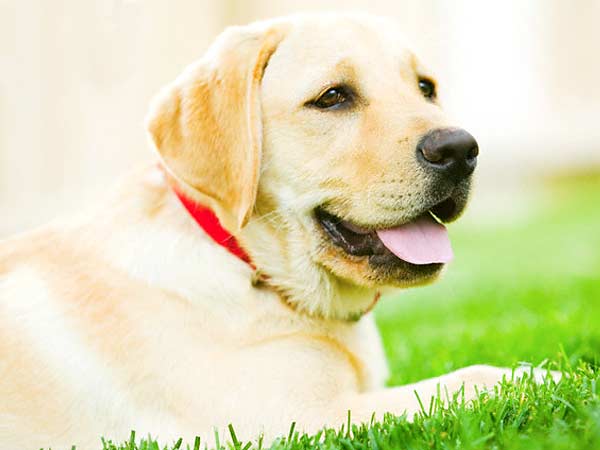Here we are discussing types
of collers, leashes and harnesses that are used commonly for dogs.
Types of Dog Collars
Dog
collars are not so simple as they seem. There are many different types
of dog collars available in the market to suit different functions and
needs. Different kinds of dogs need to be harnessed using different dog
collars. The independent and intelligent dog breeds such as Boxers need
firm and fair training to be obedient and learn good manners. These dogs
can be friendly and quite useful once trained properly but do not like
to be ordered around. To choose a right collar, you must read this
article that details the uses of different types of collars:
Buckle collars have are meant to
be buckled to fasten them and are mostly made up of nylon, cotton, or
leather. They can both be flat or rolled and are quite adjustable.
Buckle collars are adjustable and do not strangle dogs. Rolled leather
collars are better than flat ones as they avoid chafing or hair
breakage.
Flat nylon buckle collars have
plastic fastenings that help to put on and take off the collar quickly.
These are adjustable too and do not tighten around dog's necks.
It is a quick-release collar and
is meant to help the dog pull itself free, if the need be. Its inventor
was inspired to design it after his dog get choked to death because the
collar he was wearing got caught on something. However, if attached to a
leash, the collar will not open, giving you the freedom to control the
dog, when you are with him.
Slip collars are also known as
choke chains or chokers. They can be made of braided nylon, cotton,
metal or leather and have 'O' rings at either end. The collar is looped
through one of the rings. The collar can be tightened and loosened with
pressure from the lead. Attaching the lead to the floating ring or the
dead ring will prevent the collar from tightening.
The metal training slip collars
known as choke chains are still in use as the primary training tools for
the dog. They are used to give dogs a jerk, if they do not obey a
command but are not advisable as they may cause neck, back and tracheal
injuries to dogs and may also cause them trauma. Only qualified,
experienced instructors may use them with care. Width and weight of the
links decide the type of chokers to be chosen for the dog. Heavy chains
need collars with rough sliding. They are the training collars and must
never be used on puppies. Tags should not be attached to chokers.
Long-haired dogs need wide-link chokers.
These training collars are much
safer than the chokers and do not cause neck, back or tracheal injuries.
However, since they are may get worn and stretched and thus spring open,
they can only be used with a back-up collar hooked to the leash. Not
intended for puppies, they should only be used carefully.
Head halters are much like
halters used for horses and are meant for dogs that pull. They sit right
below the dog's eyes and thus are uncomfortable to most dogs. They
should not be confused for muzzles as they allow the dog to drink, eat,
bark or bite. It is to be used when the dog is walking at your side and
not trying to escape from you.
Harnesses are used for sled and
carting dogs to help them pull and is the most effective means to
distribute weight evenly. It enables the dog to pull many times its own
body weight
'Remote' collars or 'shock'
collars deliver an electrical stimulus to the dog in training as a
'correction method'. The intensity of the stimulus starts from low level
to high, depending on the disobedience of the dog. These training-only
collars should only be used by professionals or may have destructive
effect on dog's self confidence, desire to work and general good will.
Collars should fit well and especially the non-slip collars should be
loose enough to leave two-finger width space between the collar and the
neck of the dog. Improperly fitted collars and their incorrect usage may
even prove fatal to dogs.

 Pet Adoption Tips
Pet Adoption Tips Ideas on Pet Accessories
Ideas on Pet Accessories Tips on Pet Bath
Tips on Pet Bath Pet Healthcare
Pet Healthcare Tips on Pet Clothes
Tips on Pet Clothes Healthy Pet Food
Healthy Pet Food Pet Grooming Tips
Pet Grooming Tips Pet Health Problems
Pet Health Problems Building a Pet Home
Building a Pet Home Pet Horoscope
Pet Horoscope Tips on Removing Pet Odor
Tips on Removing Pet Odor Buying Pet Toys
Buying Pet Toys Training your Pet
Training your Pet Traveling with Pet
Traveling with Pet Dog Breeds
Dog Breeds
